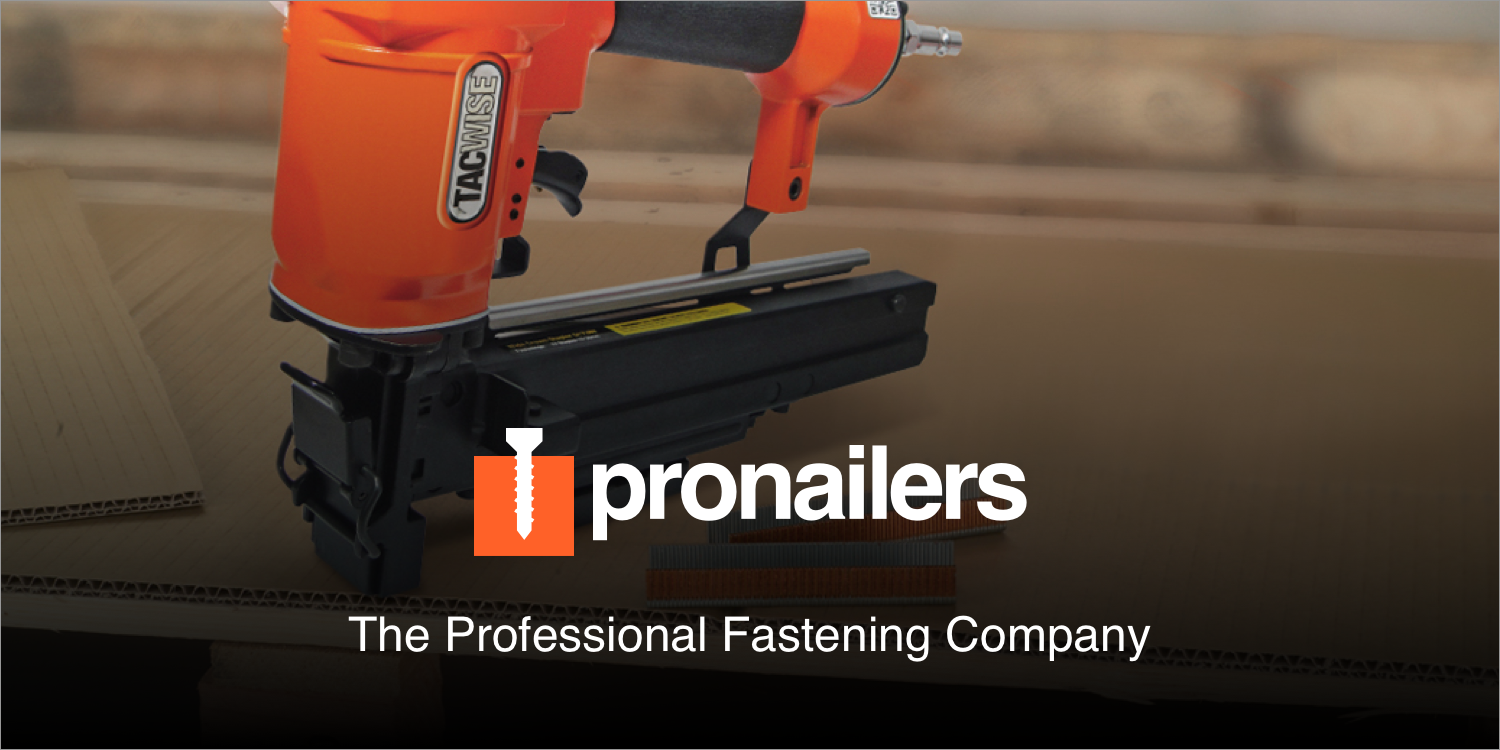Introduction:
Among the most versatile fasteners on the market today, industrial collated staples are manufactured in two main finishes, as galvanised staples and stainless steel staples, where extra corrosion resistance is required. Other less common options include aluminium staples, bezinal staples and copper coated staples. An important factor to consider when picking a staple is its length. The longer the staple, the harder it will be to remove after being fired. A staple should be long enough to penetrate and securely fasten together the materials it is driven into. Chisel point staples, the most produced staple point, are ideal for penetrating materials effectively.
What Is A Staple’s "Type"?
A staple's "type" is designed to help match staples with the corresponding staplers. For example, type 71 staples with type 71 staple guns. A staple's type is determined by two main factors, its crown and wire thickness (gauge). Some common staple "types" include type 97, type 92, type 90, type 80, type 71, type t50, type 50, type 32 and type 14.
What Is A Staple’s Crown?
A staple’s crown is the bridge that connects the two legs of a staple together. They can be grouped into three main categories, narrow crown, medium crown and wide crown. The width of the crown determines the size of the area that can be stapled.
- Narrow Crown Staples – The narrowest width staples produced, when fired they are virtually unnoticeable. This makes them ideal for applications including upholstery, car trim, furniture manufacturing, tagging, exhibition stand construction and shoe manufacturing.
- Medium Crown Staples – Providing a middle ground option between narrow crown staples and wide crown staples, medium crown staples are ideal for applications such as upholstery, car trim, furniture manufacturing and exhibition stand construction.
- Wide Crown Staples – Covering a wide area, at the expense of a more noticeable appearance, wide crown staples are useful for applications where a large area is required to be covered. Such applications include removal crates, crate manufacturing and export packers.
What Is A Staple’s Gauge?
Simply put, a staple’s gauge is another term used to describe the thickness of a staple’s wire. It provides the user with a simple numerical way of identifying a staple’s thickness. As the gauge increases, the wire gets thinner.
- Fine Wire Staples – Manufactured in 22 gauge, 21 gauge and 20 gauge variations, fine wire staples are designed to leave smaller markings than both medium wire staples and heavy wire staples. As a result, they leave a more aesthetic appearance, although this comes at the expense of providing a weaker hold. This makes them suitable for applications such as moulding, picture frame fitting, fine wood trim, cabinet assembly, furniture assembly and a variety of upholstery applications.
- Medium Wire Staples – These staples provide an essential compromise between fine wire staples and heavy wire staples. They offer a more aesthetic appearance than heavy wire staples, whilst also providing a stronger hold than fine wire staples. They are produced in both 19 gauge and 18 gauge variations, making them suitable for use in applications such as heavier upholstery, panelling, cabinet assembly, trim, siding and soffits, underlayment and sheathing.
- Heavy Wire Staples – Available in 17 gauge, 16 gauge and 15 gauge variations, heavy wire staples provide higher levels of hold than both medium wire staples and fine wire staples. However, they also leave the biggest markings, meaning they are not intended for use in situations where an aesthetic appearance is important. The type of applications they are intended for include removal crates, crate manufacturing and export packers.

